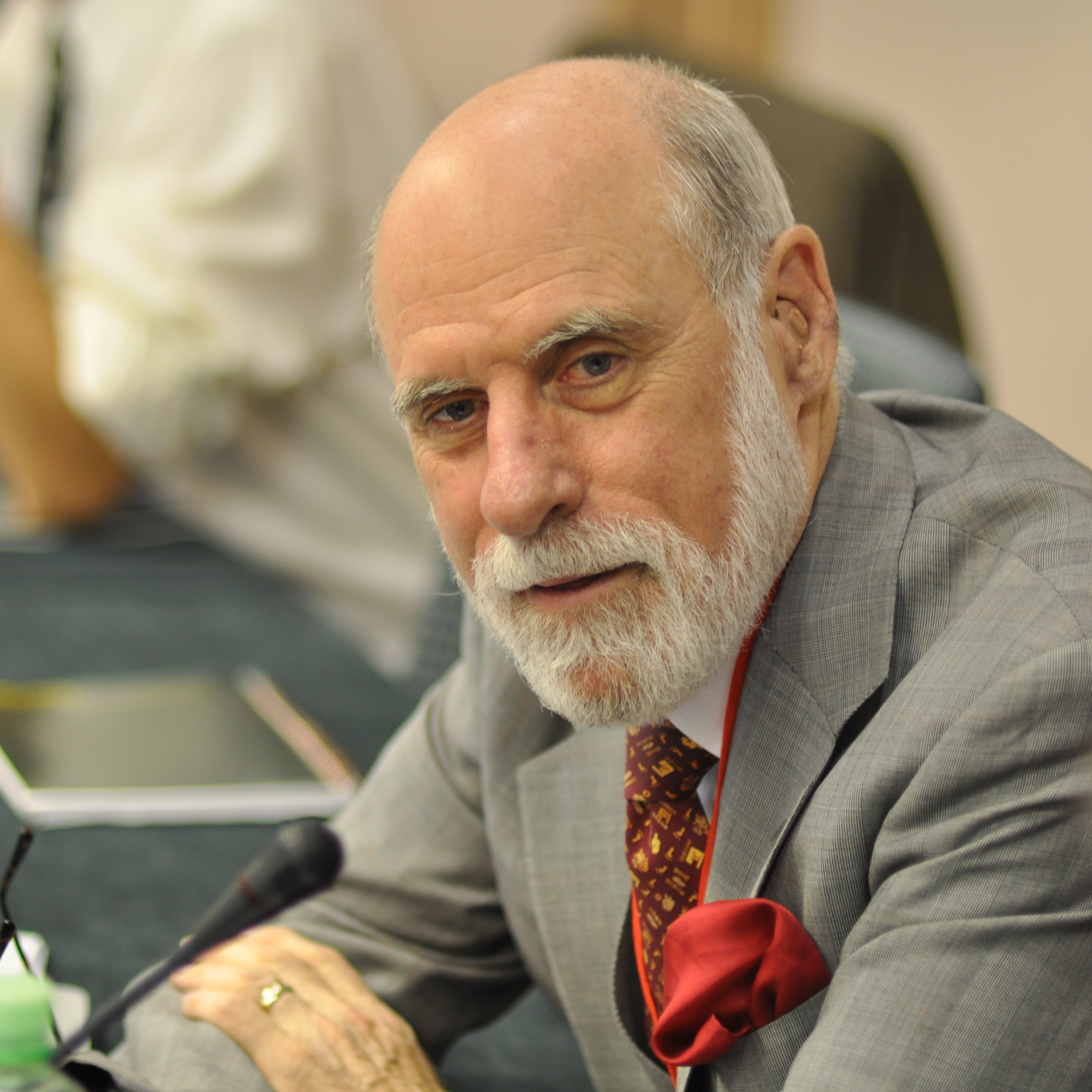
MO5.com association, of which I am a member, aims at preserving information technologies heritage. As part of this activity, we also document the history of information technologies. Concerning this history, one can regularly hear that Microsoft negotiated a contract with IBM in the very early 1980s, which allowed Microsoft to become the giant it is today, at the expense of its former partner.
Therefore, explaining how Bill Gates, a good poker player and fine negotiator, managed to negotiate the contract of the century, the one that led Microsoft to become the leader in the world of personal computers to the detriment of IBM. It is all part of Bill Gates’ legend, which does not seem to bother him.
However, looking at the documents from the time, the evidence tells a different story. These documents paint a picture of a combination of circumstances rather than a skilful negotiation by the young head of a struggling start-up … Let me tell you how Microsoft did not negotiate what would become the contract of the century.
Continue reading How Microsoft did not negotiate the contract of the century



